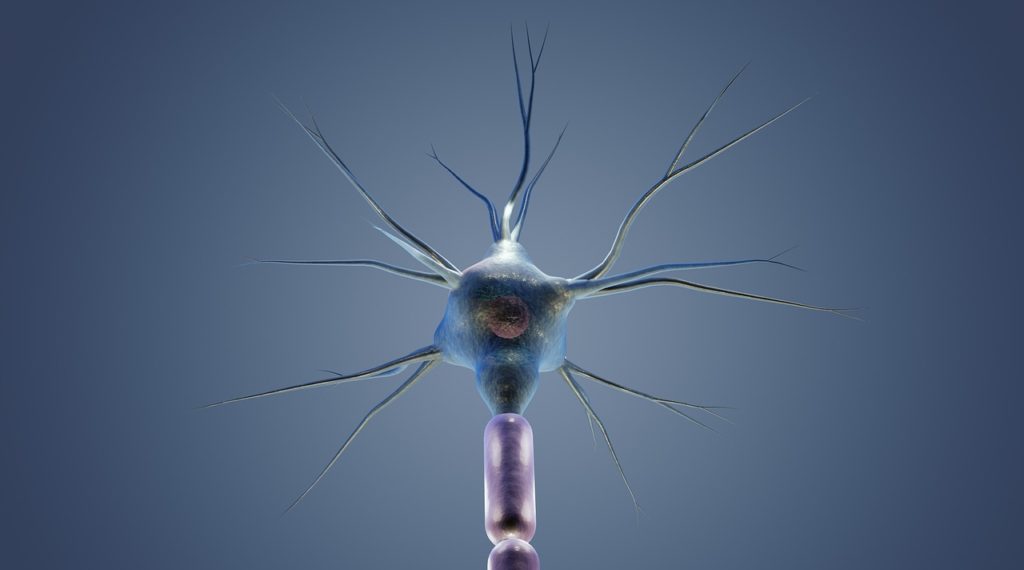
Disney princesses may enchant audiences with their happily-ever-afters. Still, health experts warn that these beloved characters face serious hidden dangers that could jeopardize their well-being in the real world. Writing in the Christmas issue of The BMJ, Sanne van Dijk and colleagues suggest strategies to help Disney’s heroines start living “healthily ever after.
“
Loneliness and Limited Social Interaction
Take Snow White, for example. Her time as a scullery maid under her wicked stepmother isolates her socially, putting her at risk for cardiovascular disease, depression, and anxiety. While the Seven Dwarfs provide some companionship, her infamous encounter with the poisoned apple proves that not all fairy-tale food choices are health-conscious.
Princess Jasmine faces similar risks growing up isolated within her palace walls. Experts note that her pet tiger, Rajah, adds a layer of danger, including potential zoonotic infections and the ever-present threat posed by living with a predator.
Environmental Hazards
Cinderella’s daily exposure to dust while cleaning leaves her vulnerable to occupational lung diseases. Matters worsen when her fairy godmother sprinkles “magical glitter,” essentially aluminium-coated microplastics, which can harm lung tissue. Instead of a prince, the authors wryly suggest, Cinderella might need respiratory therapy to breathe easily ever after.
Risky Adventures and Overexertion
Pocahontas’ daring cliff dive in pursuit of peace might look graceful on screen, but experts estimate the 252-meter leap would result in more fractures than harmony. Meanwhile, Sleeping Beauty’s long enchanted nap could lead to serious health issues like muscle atrophy, cardiovascular disease, and even pressure ulcers. Prince Philip’s kiss breaks the spell—but the authors note he overlooks the need for consent, raising eyebrows in a modern context.
Animal-Related and Occupational Risks
Belle, who cohabitates with the Beast, faces possible exposure to life-threatening diseases like brucellosis and rabies. Mulan, celebrated for saving China, endures immense family pressure to preserve their honor—a stressor linked to mental health challenges in real-life situations involving honor-based expectations.
And then there’s Rapunzel, whose endlessly long hair isn’t just a tool for escape but also a source of potential health issues. Repeated pulling on her braid could lead to traction alopecia, causing scalp pain, headaches, and even permanent hair loss.
A Call for Wellness Interventions
The authors argue that Disney princesses need more than just fairy-tale fixes. Interventions like mindfulness training, psychotherapy, and education about animal cohabitation could go a long way toward improving their health outcomes. Measures to combat exposure to toxic particles and prevent infectious diseases would also help these characters live more realistic, healthy lives.
“Disney must consider strategies to address these challenges,” the authors conclude. “Only then can its princesses truly enjoy their happily-ever-afters in good health.”
4o


